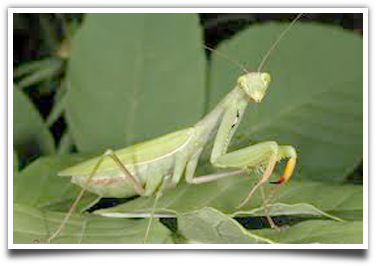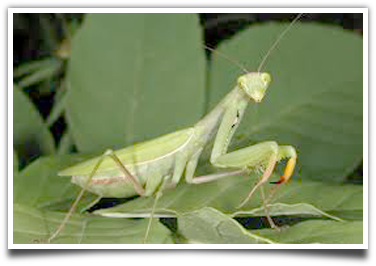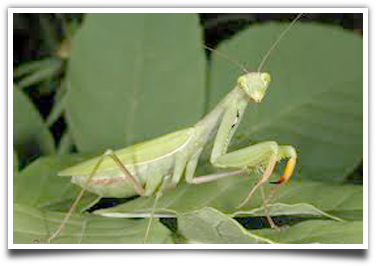Life Cycle of Praying Mantis
The most interesting praying mantis facts are related to its life cycle. The life cycle of a praying mantis begins in reproduction when a male and a female praying mantis would mate. During this process, scientists have observed that female mantises could cut the heads of the male before they actually mate. But in the wild, may mantis species are known for elaborate dance courtships. The male will then hop on to the back of the female to lodge his sperm at the end of the female’s abdomen.
During the autumn season, the females will start to consume more food in preparation for her eggs. Her abdomen will also increase in size. As soon as she is ready to lay eggs, she will look for a branch, a leaf or even a flat surface to begin the process. A protective covering called ootheca will be extruded first and this will serve as the housing of the eggs. The eggs will then be deposited into the folds of the ootheca.
After 3 to 6 weeks, the eggs will now begin to hatch. Small praying mantises will start to emerge from the ootheca. But studies have also shown that young praying mantises can also feast on their own siblings. These nymphs can already hunt for prey but smaller in size compared to the prey of their parents. They will later on grow in size and reproduce to lay eggs of their own.
Praying Mantis Facts about their Eggs Just like most other insect species, the praying mantises also reproduce through hatching eggs. Many farmers and gardeners take note of praying mantis facts about their eggs especially if they plan on using these mantises as a natural form of pest control. When praying mantises release eggs, the eggs are enclosed in a case and farmers call this a mantis egg case. Egg cases of praying mantises can be sold to other farmers and gardeners. When the praying mantis lays More... Breeding Praying Mantis Breeding paring mantises is not the easiest thing to do. But if you know certain praying mantis facts about pairing the male and the female, then you can have them reproduce and use the egg crates as a business or in your own gardens for pest control. To successfully breed praying mantises, you need to find a female mantis and a male mantis. Do not mix them in the same container until you are ready to breed. It is better More... Catching a Praying Mantis The praying mantis is a master of both ambush and camouflage. This silent type of insect patiently waits for its next meal and usually blends in with surrounding leaves and/or flowers completely. The insect’s spiny and long frontlegs are generally strong and can instantly grasp prey and then hold on to it. Although a praying mantis can be easily caught, you must catch it cautiously. The legs of this insect have the tendency to poke and then cause a hand More... What You Should Know About Praying Mantis Praying mantis are insects with over 1,800 species all over the world. This insect’s most distinctive feature is their grasping legs in front that look as if they are praying. These legs are designed to better seizing and holding their prey. Praying mantises are harmless; in fact they are of great help to farmers in eating insects that are destroying the crops which is one of the praying mantis facts that are truly beneficial. Mantises lay eggs in masses where More... Unique Praying Mantis Facts Praying mantises do not only look unique, but there are also numerous unique praying mantis facts that will spark your interest. The first unique fact about a praying mantis is that this type of insect can actually rotate their heads in a one hundred and eighty degree angle. This is actually a very unique trait that only a praying mantis can do over other known species of insects all over the world. These insects can look from the far right More...
|




